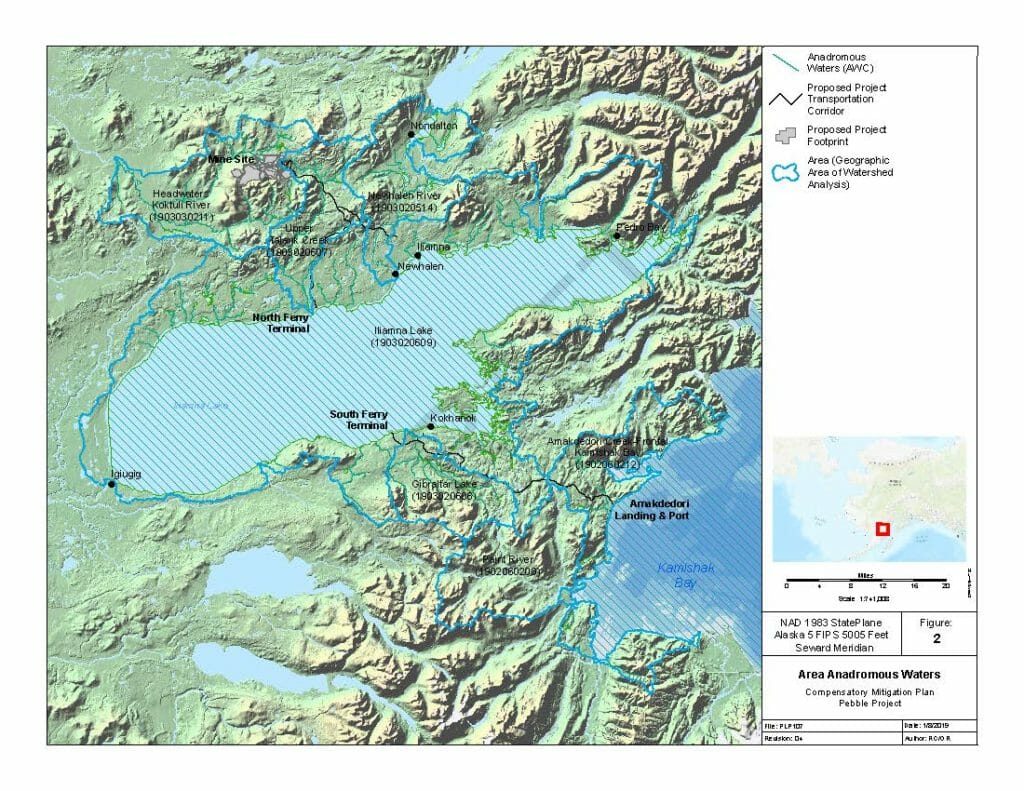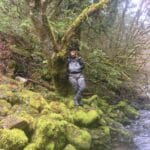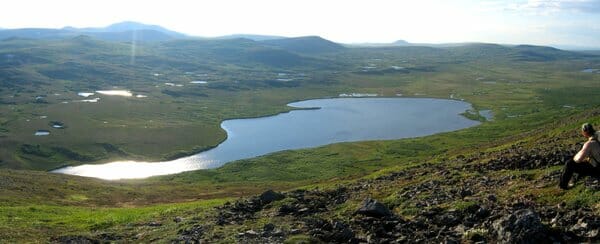You may be familiar with the game Taboo. If not, here’s a primer: players take turns drawing cards and trying to get their teammates to say the word on the card by describing what it is without saying that word or a few keywords related to it.
I want to share some information about the proposed Pebble Mine’s recently released compensatory mitigation plans. But because that isn’t the most riveting topic to read about in one’s spare time, I’ll share it as if we’re playing taboo, and my card says ‘Compensatory Mitigation.’
OK, turn the hourglass. Here I go:
“My card is about the thing that big project developers must do to clean up, restore or improve the region they plan to operate in to try to make up for what they destroy. Usually they’re related to wetlands, streams or other aquatic resources.”
With respect to Bristol Bay, I could describe the word on my card another way:
“This is like burning down your neighbor’s house but building someone a new deck in the neighborhood to try to make up for it.”
For obvious reasons, the backers of Pebble, planned in Bristol Bay, Alaska, have acknowledged there will be “significant resource losses” in the region, which holds the world’s the most prolific wild sockeye salmon runs, not to mention unparalleled hunting and fishing opportunity.
Pebble’s backers propose a type of mining where they will produce absolutely massive amounts of leftover material, called tailings, in the mining process after they pull the tiny fraction of valuable minerals out. Since they’ll introduce so many chemicals in the process, and unearth stuff that should stay underground, the leftover tailings are toxic. Pebble’s plan is to cover the leftovers with water, and leave them there, held by a massive earthen dam in a seismically lively region, in perpetuity.
Yes, that’s for-ev-er.
Since they can’t do their “compensatory” cleanups right at the mine site (as those permanent tailings dams are in the way), they’ve looked elsewhere for what activities they’ll undertake to try to right their wrongs and maybe sleep better at night (while they hope no earthquakes happen too close to their toxic tailings dam).
Pebble just released its draft plans that describe what this might look like. They’ve proposed to replace culverts, remove marine debris near Cook Inlet, and upgrade the sewer systems in nearby villages: Kokhanok, Newhalen and Nondalton.
“This is like burning down your neighbor’s house but building someone a new deck in the neighborhood to try to make up for it.”
Jenny Weis
Unsurprisingly, those communities basically said, “Thanks, but no thanks,” to this. Essentially, they said Pebble’s plans are an unacceptable trade-off. They say they’d rather retain the pristine waters that sustain fish, wildlife, their cultures and communities in the first place.
That’s why what’s on this figurative Taboo card is difficult in a place like Bristol Bay.
There aren’t many places left in North America as productive and wild as Bristol Bay. There, you simply can’t make up for paving over, mining and de-watering critical headwaters and wild salmon and trout streams by doing a project somewhere else. It’s not an even trade — not even close.
Some places are too special to mess with — and Bristol Bay is one of them. It should be left alone.
For the latest updates on the status of Pebble’s permit review and how you can help, visit SaveBristolBay.org
Who’s turn is next?




